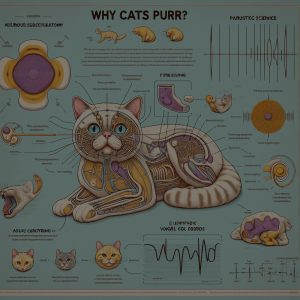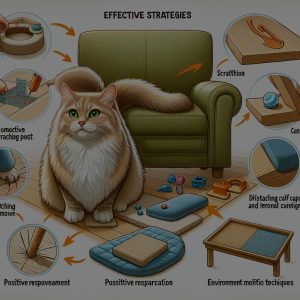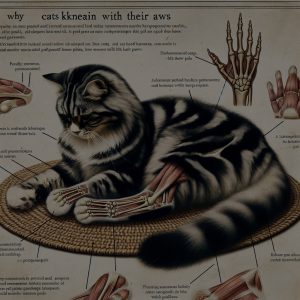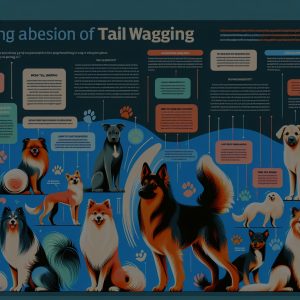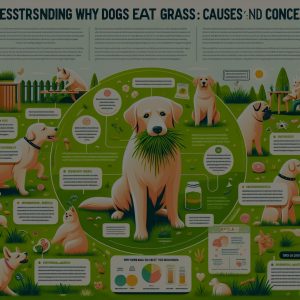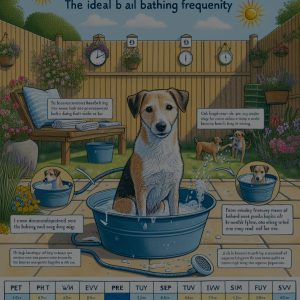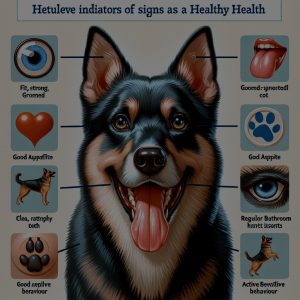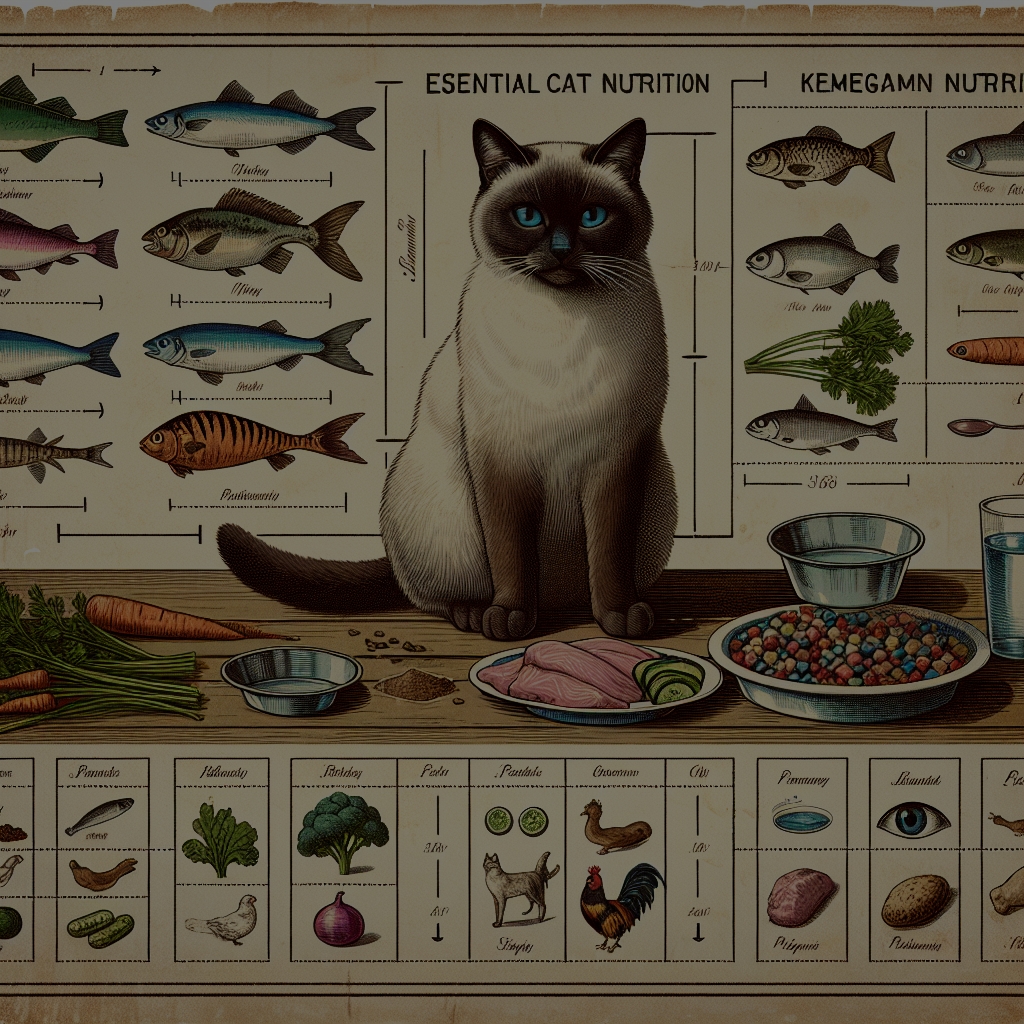
Feeding your cat properly is crucial to ensuring their long-term health and happiness. While it might seem as simple as choosing a bag of kibble from the store, understanding your cat’s specific nutritional needs, selecting the right food, and avoiding common dietary pitfalls can make a significant difference in your pet’s quality of life. This guide will provide essential nutritional guidance to help you make informed choices for your feline friend.
Understanding Your Cat’s Nutritional Needs
Cats are obligate carnivores, meaning their diet must be primarily composed of meat. This is because they require certain nutrients, such as taurine, arachidonic acid, and vitamin A, which are found naturally in animal tissues. Unlike dogs or humans, cats cannot synthesize these essential nutrients from plant-based sources. Therefore, a diet rich in high-quality animal proteins is indispensable for their well-being.
In addition to protein, cats need fats for energy and skin health, as well as a well-balanced spectrum of vitamins and minerals. Omega-3 and omega-6 fatty acids play a critical role in maintaining healthy skin and a shiny coat, while minerals like calcium and phosphorus are essential for strong bones and teeth. Ensuring these nutrients are present in the correct ratios will promote overall health and prevent nutritional deficiencies.
Hydration is another critical component of your cat’s diet. Cats have a low thirst drive and often do not drink enough water on their own, which makes moisture-rich food an important part of their nutritional intake. Wet foods can help maintain hydration levels, support kidney function, and reduce the risk of urinary tract issues, making it an essential consideration in their diet plan.
Selecting the Right Cat Food for Optimal Health
When choosing cat food, it is vital to look at the ingredient list and nutritional information. High-quality cat foods will list specific sources of animal protein, such as chicken, turkey, or fish, as the primary ingredients. Avoid products that use vague terms like "meat by-products" or "animal digest" as these can be lower-quality protein sources.
Check for a well-balanced composition of nutrients. Quality cat food should contain not only high levels of animal protein but also appropriate amounts of fat, vitamins, and minerals tailored to your cat’s life stage and health status. For instance, kittens require more protein and fat for growth, while senior cats may benefit from lower calorie foods to prevent weight gain.
Finally, consider any special dietary needs your cat may have. Cats with allergies, sensitivities, or specific health issues like urinary tract infections or kidney disease may require specialized diets. Veterinary-formulated diets can address these unique requirements and ensure your cat receives the correct nutrition without exacerbating health problems.
Balancing Wet and Dry Food for Nutritional Variety
A combination of wet and dry cat food can offer the best of both worlds, providing nutritional variety and catering to your cat’s natural preferences. Wet food, which typically contains higher moisture content, can help keep your cat hydrated and support urinary tract health. It also tends to be more palatable, which can be beneficial for picky eaters or cats with dental issues.
Dry food, on the other hand, has its benefits, including convenience and cost-effectiveness. It can be left out for free-feeding without spoiling, making it a practical choice for busy pet owners. Additionally, the crunchy texture of dry kibble can help reduce plaque and tartar buildup on your cat’s teeth, promoting better dental health.
To achieve a balanced diet, consider feeding your cat a mix of both wet and dry food. This not only provides the benefits of each type but also helps keep mealtimes exciting. Always ensure that the total daily intake meets your cat’s nutritional requirements and consult your veterinarian to find the right balance for your feline friend.
Avoiding Common Mistakes in Cat Nutrition
One of the most common mistakes in cat nutrition is overfeeding. Obesity is a prevalent issue among domestic cats and can lead to numerous health problems, including diabetes, arthritis, and heart disease. To avoid overfeeding, follow the serving size recommendations on your cat food packaging and adjust based on your cat’s activity level, age, and weight.
Another mistake is feeding a diet that’s not species-appropriate. While it might be tempting to share your meals with your feline friend, many human foods are unsuitable or even harmful to cats. Foods like chocolate, onions, garlic, grapes, and certain artificial sweeteners can be toxic. Always stick to cat-specific foods designed to meet their unique nutritional needs.
Finally, neglecting to transition foods properly can cause digestive upset. When switching your cat to a new diet, do so gradually by mixing increasing amounts of the new food with the old over several days. This slow transition helps prevent gastrointestinal issues and allows your cat to adjust to the new flavors and textures.
Ensuring your cat’s dietary needs are met requires informed choices and careful planning. By understanding their nutritional requirements, selecting high-quality foods, balancing wet and dry options, and avoiding common feeding mistakes, you can contribute positively to your cat’s long-term health. Always consult with your veterinarian to tailor a diet plan that best suits your feline companion’s specific needs, and enjoy the peace of mind that comes with knowing you are providing the best care possible.

